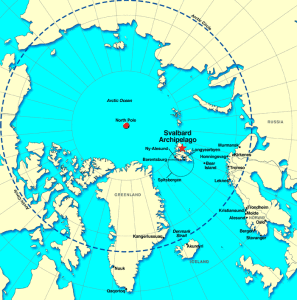Half Moon Island is a barren, remote island located inside the Artic Circle as part of the Svalbard Archipelago. In 1920, the Svalbard treaty recognizes Norwegian sovereignty and in 1925, the Svalbard act made the archipelago a full part of the Kingdom of Norway. Lovegrove describes the island as being, “the definition of desolation and soullessness,” in other words, the perfect vacation destination. Despite the island being located 500 miles from the pole, it is one of the easier artic islands to access, due to the warm water from the Gulf Stream. The archipelago has become a tourist destination during the perpetual light of the summer months. Many people travel by cruise ship to experience the artic landscape and rich wildlife. The Svalbard Archipelago is the northernmost settlement in the world with a permanent civilian population.
Wildlife on Half Moon Island
Half Moon island, and the Svalbard Archipelago, is home to many artic flora and fauna, especially in the summer months, including:
- Polar Bears
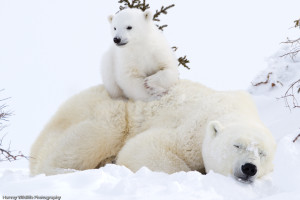
- Walrus

- Arctic Foxes

- Ringed Seal
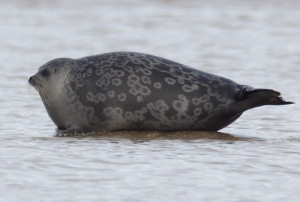
- Artic flowers
- Svalbard poppies
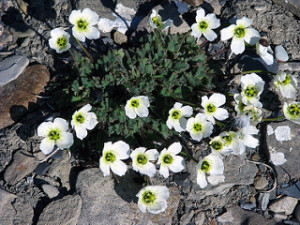
- Breeding Sea Birds
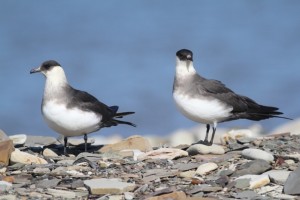
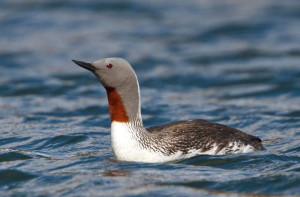
-Eider Ducks
-Artic Skua
-Long-tailed Skua
-Red-throated Diver - Reindeer
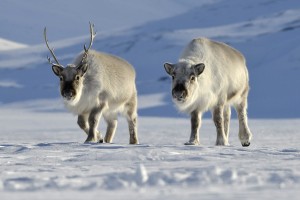
- Lichen
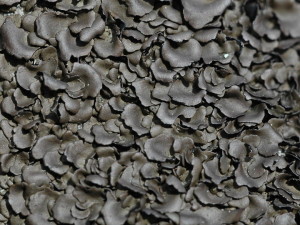
Human Effects
Although the island is a desolate one, there has been accounts and evidence of human settlement.
It is believed that the island was originally discovered by whalers. In the late 17th century, Russian hunters were regular visitors, followed by the Norwegians about one hundred years later. The Norwegians were the first to succeed in “over-wintering” in 1820.
Svalbard has been a popular location for hunting, fishing and whaling. Polar bears and arctic foxes have been hunted for their coats. The traps were designed to crush the animal by dropping weights so the coat did not get ruined. Remaining traps can still be found around the island. Additionally, walruses were hunted for their ivory tusks. Hunting continued into the late 20th century until it was declared a sanctuary in 1973. Hunting on the island greatly impacted the wildlife on Half Moon. A Norwegian hunter killed 117 bears in the winter of 1937-38 and Per Johnson took 165 over two winters in the 1970s.
In 1743, four Russian Walrus hunters were marooned on Half Moon island, after their ship was crushed by pack ice, killing their ten colleagues. They discovered and repaired an abandoned hut and survived six years in the harsh environment. During their time on the island, they killed over 250 reindeer and 10 polar bears, made spears out of driftwood and bows from roots of driftwood trees and polar bear tendons. Over six years, they ate only polar bear, reindeer and arctic fox and drinking reindeer blood. They fueled their fire with reindeer fat and looked for ships every summer. Finally in 1749 they saw a ship which rescued the remaining three men.
Peter and Vicky

